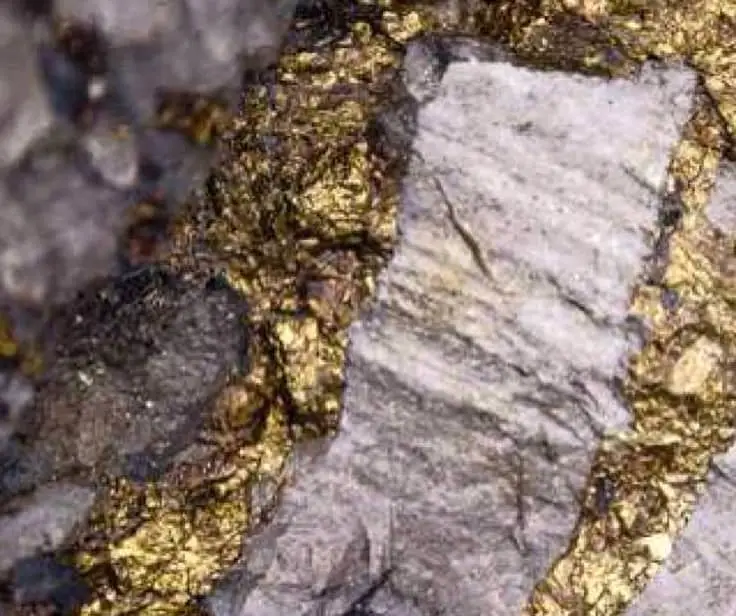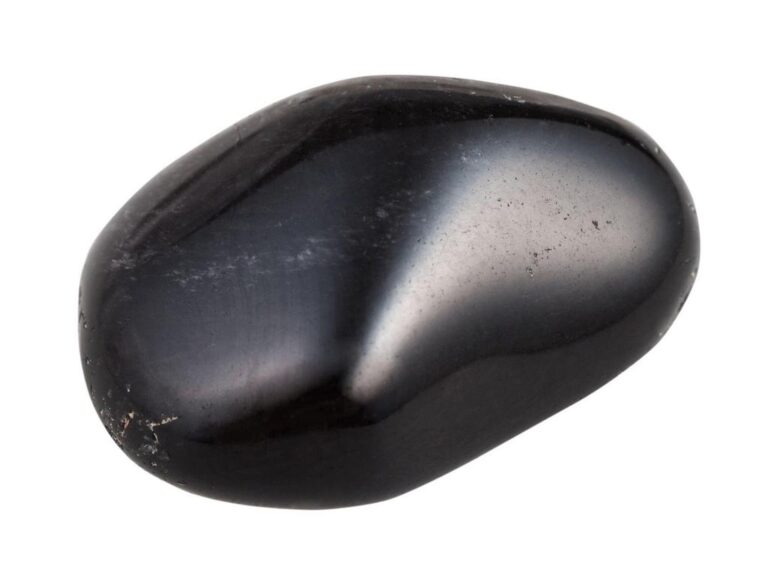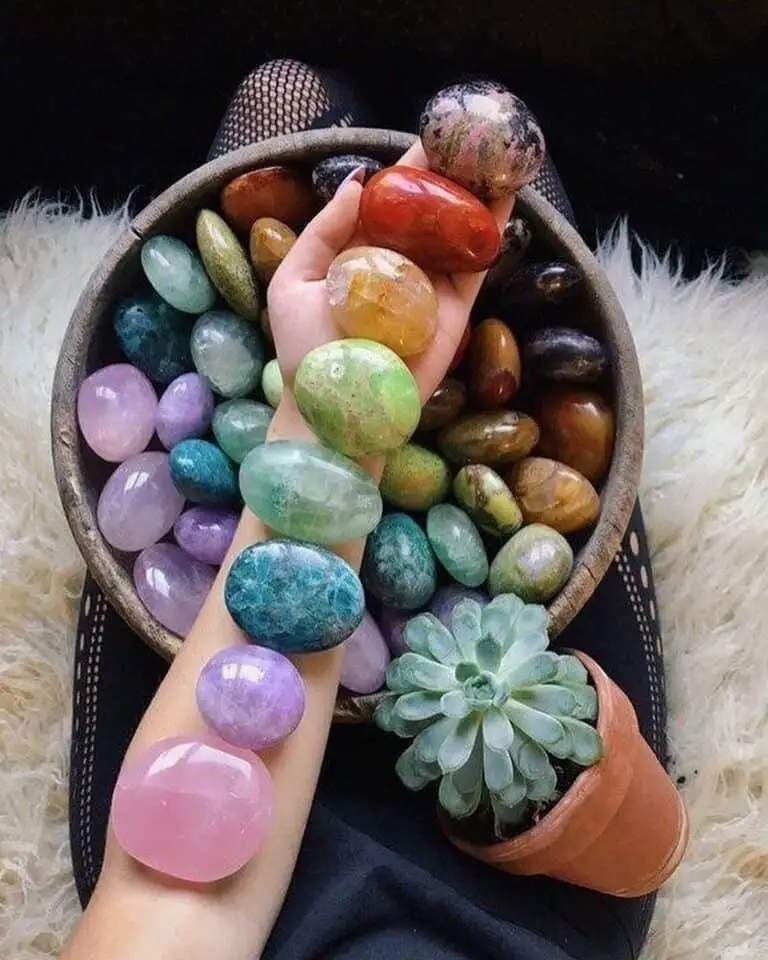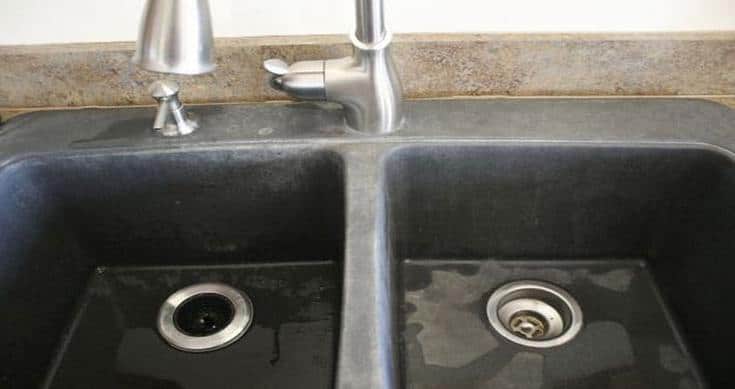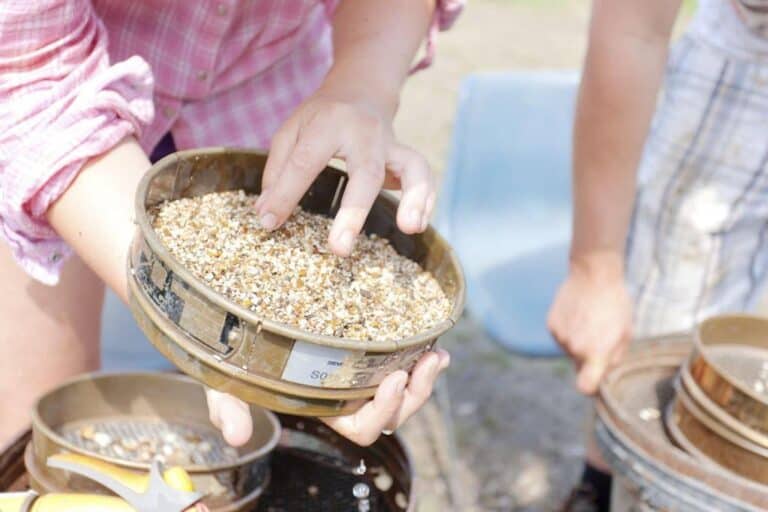Crystals That Fade in Sunlight: Don’t Let Your Crystals Fade Away

Crystals are natural wonders that can captivate us with their beauty and energy. They have been used for centuries for their healing properties, spiritual purposes, and even in jewelry. However, not all crystals are created equal, and some may not stand the test of time.
Sunlight is one of the main culprits that can cause crystals to fade and lose their vibrant color, leaving them dull and lifeless.
In this article, we will explore the world of crystals that fade in sunlight and what you can do to prevent your precious stones from losing their luster. Don’t let your crystals fade away – read on to learn more!
Understanding the Science Behind Sunlight Sensitive Crystals
Crystals that fade in sunlight, also known as “sun-sensitive crystals,” are crystals that change their color or become discolored when exposed to sunlight. This occurs because of a process called photochromism.
Photochromism is a phenomenon where a substance changes its color or becomes discolored when exposed to light. This can happen due to the rearrangement of molecules or the breaking of chemical bonds.
Sunlight-sensitive crystals are those that contain pigments that are sensitive to ultraviolet (UV) light, which is present in sunlight. When exposed to sunlight, these pigments can break down or change, causing the crystal to lose its color or become discolored. The severity of this effect can vary depending on the type of crystal, the intensity of the sunlight, and the duration of exposure.
The most common sun-sensitive crystals are fluorite, amethyst, and rose quartz. These crystals are sensitive to UV rays and should be kept away from direct sunlight to avoid fading.
Factors that Affect the Fading of Sunlight Sensitive Crystals
Apart from sunlight, other environmental factors can also affect the fading of sunlight-sensitive crystals. These factors include:
Heat
Excessive heat can cause some crystals to lose their color or become discolored. It is important to store crystals away from heat sources such as radiators, fireplaces, and direct sunlight.
Humidity
Humidity can also affect the color of some crystals. High humidity can cause some crystals to fade or lose their luster. It is important to store crystals in a dry environment.
Chemicals
Chemicals such as cleaning products and perfumes can also affect the color of some crystals. It is important to keep crystals away from these substances.
Crystals That Fade in Sunlight
Many crystals have a tendency to fade or lose their color when exposed to sunlight for prolonged periods. This is due to the bleaching effect of ultraviolet (UV) rays on the mineral compounds that give the crystal its distinctive hue. Some of the crystals that are prone to fading include:
1. Amethyst
Amethyst is a popular crystal known for its beautiful purple color. However, prolonged exposure to sunlight can cause its color to fade or turn yellowish-brown. To prevent this, it is recommended to keep amethyst in a shaded area or protect it with a cloth.
2. Citrine
Citrine is a yellow or orange crystal that is often used to attract abundance and prosperity. Long-term exposure to sunlight can have an adverse effect on its vibrant color, causing it to fade or become pale. It is best to keep citrine away from direct sunlight or use it in indoor spaces.
3. Rose Quartz
Rose quartz is a pink crystal that symbolizes love and compassion. Sunlight, however, has the potential to quickly fade or turn its delicate color white. To preserve its beauty, it is recommended to keep rose quartz in a shaded area or use it in indoor spaces.
4. Smoky Quartz
Smoky quartz is a brown or gray crystal that is believed to promote grounding and emotional balance. However, prolonged exposure to sunlight can cause its color to fade or turn yellowish. To protect smoky quartz, it is best to keep it away from direct sunlight or use it in indoor spaces.
5. Aventurine
Aventurine is a type of quartz crystal that comes in various colors, such as green, blue, red, and brown. It is known for its sparkly appearance, making it a popular choice for jewelry and decorative pieces. However, like many other crystals, some types of aventurine can fade or lose their color when exposed to sunlight.
The color of aventurine comes from tiny mineral inclusions within the crystal structure, which create a unique speckled or sparkly appearance. When exposed to sunlight, UV rays can cause these mineral inclusions to break down, causing the aventurine to fade or lose its color.
6. Kunzite
Kunzite is a beautiful crystal that is popular for its pink to violet color. It is a type of spodumene, which is a mineral that can also come in other colors, such as yellow or green. Like many other crystals, kunzite is sensitive to sunlight and can fade or lose its color when exposed to UV rays.
The pink to violet color of Kunzite is due to the presence of manganese within the crystal structure. When exposed to sunlight, UV rays can cause the manganese to oxidize, which can change the color of the kunzite. This process can lead to the fading of the pink or violet color, turning the kunzite into a pale or even colorless crystal.
7. Topaz
Topaz is a stunning mineral that has been valued for centuries for its beauty and versatility. It is a silicate mineral that is typically found in a range of colors, from colorless to yellow, orange, pink, and blue. Although topaz is generally resistant to damage, it is sensitive to sunlight and can suffer harm from prolonged UV exposure.
The degree of color change in topaz can vary depending on the type of topaz and the intensity of the sunlight. For example, blue topaz is especially sensitive to sunlight and can fade or turn colorless when exposed to UV rays. Similarly, yellow and pink topaz can also experience color changes when exposed to sunlight.
Sun Safe Crystals

On the other hand, there are crystals that are resistant to fading in sunlight and can be safely used outdoors or in sunny spaces. These sun-safe crystals are usually darker in color and have a higher resistance to UV rays. Some of the most sun-safe crystals include:
1. Black Tourmaline
Black tourmaline is a powerful grounding crystal that is often used for protection and energy shielding. Its dark color and high resistance to UV rays make it a perfect choice for outdoor use, such as in gardens or as part of outdoor decorations.
2. Hematite
Hematite is a metallic-looking crystal that is believed to promote mental clarity and focus. Its dark color and metallic sheen make it an ideal choice for outdoor use, such as in fountains or as part of landscaping designs.
3. Jasper
Jasper is a versatile crystal with a range of colors and patterns, from reds and yellows to greens and browns. Its high resistance to UV rays makes it a great choice for outdoor use, such as in walkways, pathways, or as part of rock gardens.
4. Onyx
Onyx is a black or dark-colored crystal that is often used for protection and grounding. Its dark color and high resistance to UV rays make it a popular choice for outdoor use, such as in decorative sculptures or as part of outdoor furniture.
How to Protect Sunlight-Sensitive Crystals from Fading
To protect your sunlight-sensitive crystals from fading, you need to store them away from direct sunlight. This means avoiding placing them on windowsills, in sunrooms, or other areas where they will be exposed to sunlight for long periods of time. Instead, consider storing them in a jewelry box or a closed cabinet away from natural light.
Another way to protect your crystals from sunlight is to use protective coatings. There are several products available that can help protect your crystals from fading due to sunlight exposure. For example, there are sprays and coatings that create a barrier between the crystal and sunlight, preventing UV light from reaching the crystal’s surface.
However, it is important to note that some of these products may alter the crystal’s appearance or chemical composition, so it is important to do your research and choose a product that is safe for your specific type of crystal.
Can Crystals Lose Their Color Permanently?
Crystals are natural formations that come in a variety of colors and shapes, and they are often treasured for their beauty and unique properties. As discussed previously, some crystals are sensitive to environmental factors such as sunlight, heat, and humidity, which can cause them to lose their color or become discolored. The question then arises: can crystals lose their color permanently?
The answer to this question is both yes and no. It depends on the kind of crystal and the severity of the environmental damage. Sunlight-sensitive crystals, for example, can lose their color or become discolored when exposed to UV light, but this damage is not necessarily permanent. In some cases, the crystal can recover its color over time if it is removed from sunlight and allowed to rest in a dark place. However, in other cases, the damage may be irreversible, and the crystal’s color may be permanently altered.
Other factors that can cause a crystal to lose its color permanently include chemical exposure, scratches, and physical damage. Some crystals are also more prone to color loss than others. For example, Opals are known to be sensitive to environmental factors and can lose their iridescence if exposed to heat, sunlight, or chemicals. In some cases, the damage to an Opal can be so severe that it permanently loses its iridescence and appears dull and lifeless.
So, while it is possible for crystals to lose their color permanently, it is not always the case. The extent of the damage and the type of crystal play a significant role in determining whether or not the color loss is reversible. In some cases, the damage can be repaired, while in others, the crystal may be irreversibly damaged.
Conclusion
Crystals are not only beautiful but also have powerful energy properties. However, their durability in sunlight varies depending on their mineral composition and color. Some crystals, such as amethyst, citrine, rose quartz, and smoky quartz, are prone to fading in sunlight and should be kept in shaded areas or used indoors. On the other hand, crystals like black tourmaline, hematite, jasper, and onyx are sun-safe and can be used outdoors or in sunny spaces without losing their color or properties.
It is essential to understand the properties of the crystals you use and how to care for them to preserve their beauty and energy. When using crystals outdoors or in sunny areas, it is best to choose sun-safe crystals that can withstand UV rays and not fade or lose their color. These crystals are also ideal for outdoor decorations, garden designs, and landscaping projects.
In summary, crystals are a beautiful and powerful addition to our lives, but not all crystals are sun-safe. Understanding which crystals fade in sunlight and which ones are sun-safe can help you make informed decisions when choosing and caring for your crystals. By taking care of your crystals, you can enjoy their beauty and energy for a long time.

